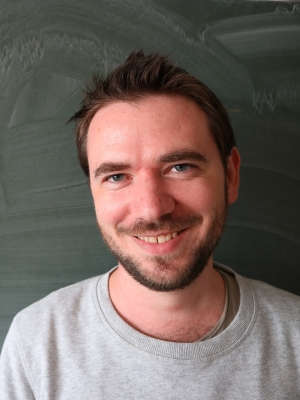Principal investigator: Blaženka Melić
PI's Host institution: Ruđer Bošković Institute
Project duration: 01.02.2020 to 22.07.2024
Project Summary
The lifetimes of heavy hadrons, being the fundamental particle’s property, are obtained by calculating inclusive decays of heavy quarks which are systematically treated in a consistent framework known as the heavy-quark expansion, HQE. Being the bound states of a heavy quark and light constituent (mesons, singly charmed/beauty baryons) or of two heavy quarks and one light constituent (doubly charmed/beauty baryons), heavy hadrons contain soft degrees of freedom which generate nonperturbative power corrections which are difficult to calculate. New experimental data, both on c-hadron decays and on b-decays, have made possible a detailed comparison of experimental and theoretical results and have revealed broad agreement with several notable exceptions: recent measurements of the Ksi(c)+, Ksi(cc)++ and in particular Omega(c)0 lifetimes do not agree with theoretical predictions. Therefore, one has to examine all ingredients of the calculation very carefully and to calculate them very precisely. In particular, the heavy quark mass is not a well defined quantity. The other main source of uncertainty is the value of the heavy hadron wave function which parametrizes the contribution of dimension-6 operators and higher and leads to the main differences in the lifetimes. The uncertainties beyond these “natural uncertainties” are considered to be violations of quark-hadron duality. Since the inverse beauty quark mass appears to be a good expansion parameter in beauty decays the charmed hadron decays are left as a playground for studying and testing of the possible violation of the quark-hadron duality. However, to be able to understand the complexity of baryonic wave functions, the beauty baryon decays can provide valuable information too. Due to the all facts said above, it is timely to revisit the calculation of the heavy hadron lifetimes and to establish the reliable methods and models used in the calculation.






